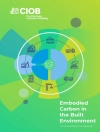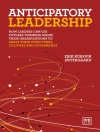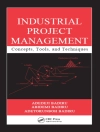Tanzania’s annual real economic growth rate has in recent years been between 6 and 7 percent with Gross National Income equivalent to about US$340 per person. A "hidden" economy could potentially have contributed an additional US$100 per person. Forestry, fisheries, mining, and wildlife made traditional contributions to the economy. Hidden values and untapped potential remain uncounted. Some 582, 000 tourists visited Tanzania in 2004, contribution US$750 million to export earnings. A recent single shipment of illegal ivory left Tanga, valued at US$200 million. Commercial fishing fleets operating offshore contribute in excess of US$300 million to foreign coffers; less than 2 percent finds it sway back to Tanzania. Most of the production from half a million artisanal miners leave the country unnoticed and untaxed. This book is about this hidden part of the economy-the uncounted, the illegal, the unnoticed, or the squandered. This paper advocates a three-pillared approach to improve capture of this hidden value. The first pillar of good governance eliminates corruption, improves transparency, controls illegal activities, and improves accountability, monitoring, and compliance. The second pillar of good management eliminates price distortions, improves capture of resource rents, and reduces waste. A third pillar of safety nets reduces conflict and social vulnerability.
World Bank
Putting Tanzania’s Hidden Economy to Work [PDF ebook]
Reform, Management, and Protection of its Natural Resource Sector
Putting Tanzania’s Hidden Economy to Work [PDF ebook]
Reform, Management, and Protection of its Natural Resource Sector
Koop dit e-boek en ontvang er nog 1 GRATIS!
Taal Engels ● Formaat PDF ● ISBN 9780821374634 ● Uitgeverij The World Bank ● Gepubliceerd 2008 ● Downloadbare 3 keer ● Valuta EUR ● ID 10009387 ● Kopieerbeveiliging Adobe DRM
Vereist een DRM-compatibele e-boeklezer












